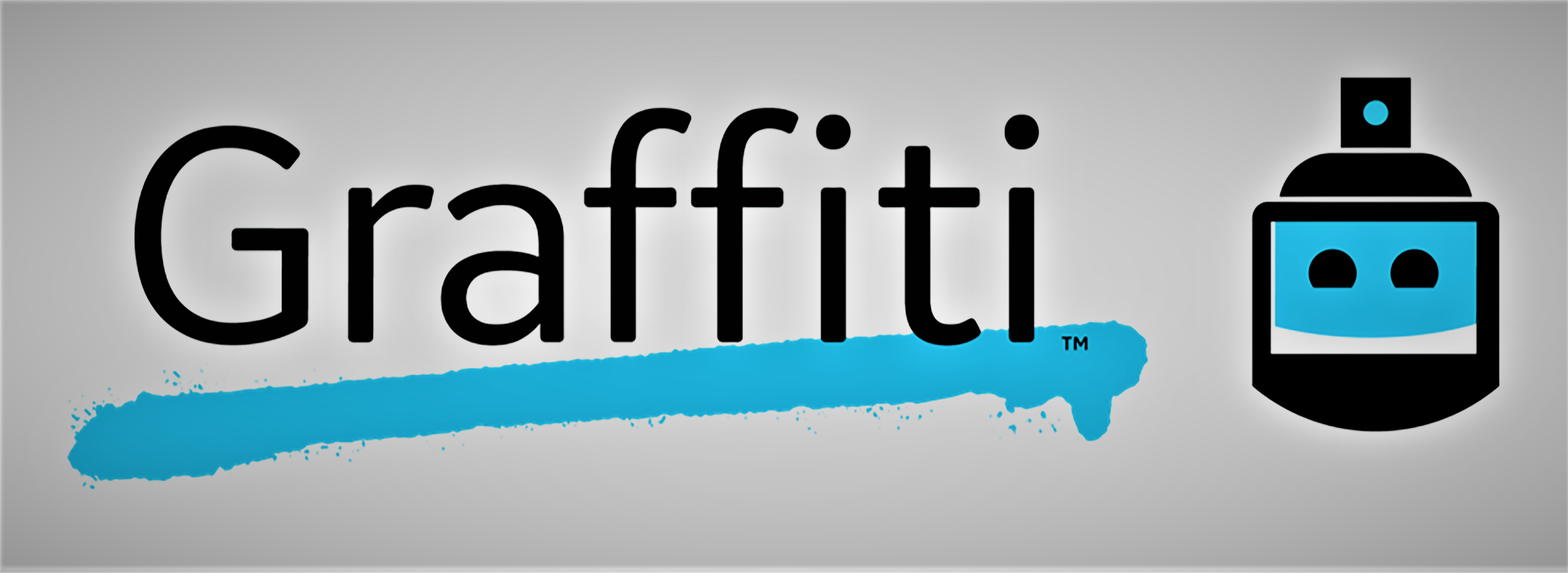
Graffiti Skills
Patient Deterioration
Refuses to be Compartmentalized
- Sepsis is the #1 cause of death in hospitals today.2 Hospitalization costs more than $27B/Year, $18k per patient, in the United States. 2
- 20-50% of severely affected with Sepsis, die.2 For every hour delay in treatment, there is an 8% increase in mortality. 1
Up to 49% of clinician time is spent interacting with the EMR. 3 Healthcare Data Accumulates at an Exponential Rate: 4
2013 - 153 Exabytes
2020 - 2,314 Exabytes- Medical knowledge has been expanding exponentially. Whereas the doubling time was an estimated 50 years back in 1950, it accelerated to 7 years in 1980, 3.5 years in 2010, and a projected 73 days in 2020. 5
Partnership with a Purpose
- Zanotti-Cavazzoni, S.l. “Duration of Hypotension before Initiation of Effective Antimicrobial Therapy Is the Critical Determinant of Survival in Human Septic Shock.” Yearbook of Critical Care Medicine, vol. 2007, 2007, pp. 187–188., doi:10.1016/s0734-3299(08)70339-3.
- Sepsis Fact Sheet, “Healthcare Cost and Utilization Project (HCUP) Statistical Briefs, Septicemia in U.S. Hospitals”. Sepsis Alliance.
- Hingle S. Electronic Health Records: An Unfulfilled Promise and a Call to Action. Ann Intern Med. 2016;165:818–819. [Epub ahead of print 6 September 2016]
- The Digital Universe of Opportunities: Rich Data and the Increasing Value of the Internet of Things,” EMC Digital Universe with Research and Analysis by IDC, April 2014
- Densen P. (2011). Challenges and opportunities facing medical education. Transactions of the American Clinical and Climatological Association, 122, 48–58.


